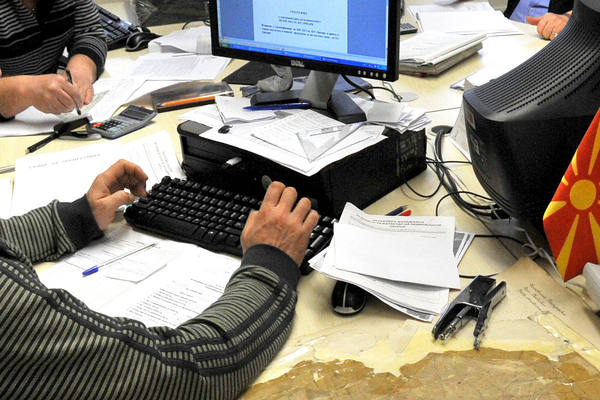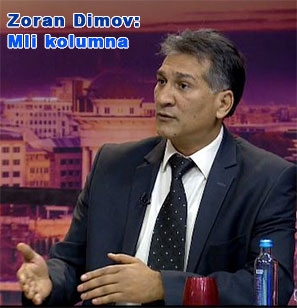In our country after 2001 and with the implementation of the Ohrid Agreement, as one of the political solutions to stop the conflict in the country, the then leaders signed a series of constitutional changes, including a practice, employment in public administration with equal percentage representation of smaller ethnic communities.
Among them was the Roma community. With the last census of 2002, the percentage of Roma is 2.66% of the total population. According to those parameters, the representation of the Roma community in the public administration needs to be at that level. But in reality what is happening?
The Ministry of Information Society and Administration, in accordance with the legal obligation, published the Report on Public Employees for 2019.
The number of employees in the public sector as of December 31, 2019 is 132,900. The employees are distributed in 1,324 institutions.
In 2018, according to the Ombudsman's Report, 138,326 were employed in 1347 institutions, of which 103,014 mkd, 74.5%, 26,261 - 19% Albanians, and Roma 1,800 or 1.3%
The question now is whether the Roma political bloc in the distribution of jobs in the Public Administration knew "to bargain or not", the figures themselves show.
In some of the Public Administration institutions the number of Roma employees can be said to be on a symbolic level.
A typical example is the column with employees in the Ministries. According to the Ombudsman's Report, the number of employees there is 24,146, of which Roma have only 202 or 0.8%, of which only one Roma has been appointed as a manager. The situation is similar in the independent state institutions (agencies, directorates, commissions, institutes) out of 18,958 employed Roma are 151 or 0.8%. Employment of Roma in penitentiary institutions is devastating, where out of a total of 743 employees there are only 3 Roma or 0.4%. A flagrant example are the Courts of Appeal with 307 employees and the Higher Public Prosecutor's Offices with 75 employees there Roma - no!
The situation is similar in other public institutions of the Public Administration.
From all this it can be concluded that the political capacity of the Roma political bloc is minimal and they have no influence at all. Therefore, the question arises whether the Roma NGO sector needs to "press" or "breathe in the neck" of the political factors in the country.
And the question also arises in addition to employment on a part-time basis. whether those employments in the public administration are with appropriate education and job qualifications appropriate for the job. But this applies to all nationalities, not just the Roma community.
Otherwise, in the end it must be concluded that according to the percentage representation at the moment Roma need to be employed in the Public Administration around 2,800 - 3,000 Roma. Who "swallowed" those 1000 Roma positions in the public administration? Did some of our political factors deliberately sell those places for their better "comfort" or is it something else. But health for that another time in another of my summaries - when the time comes.







